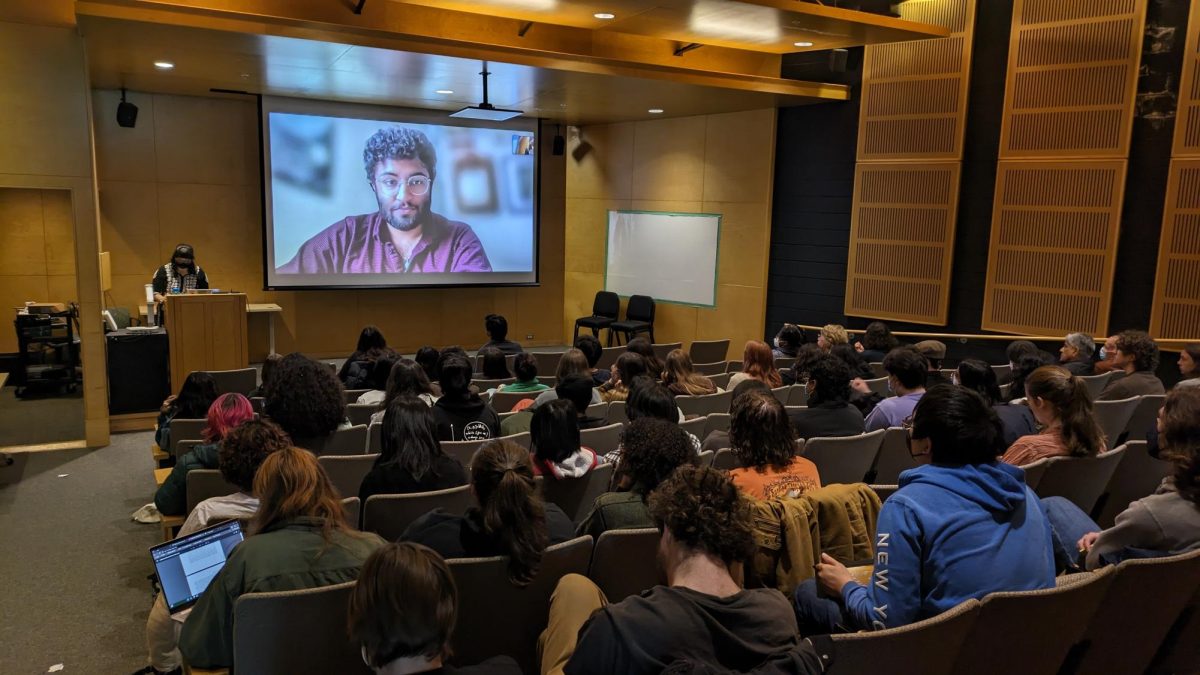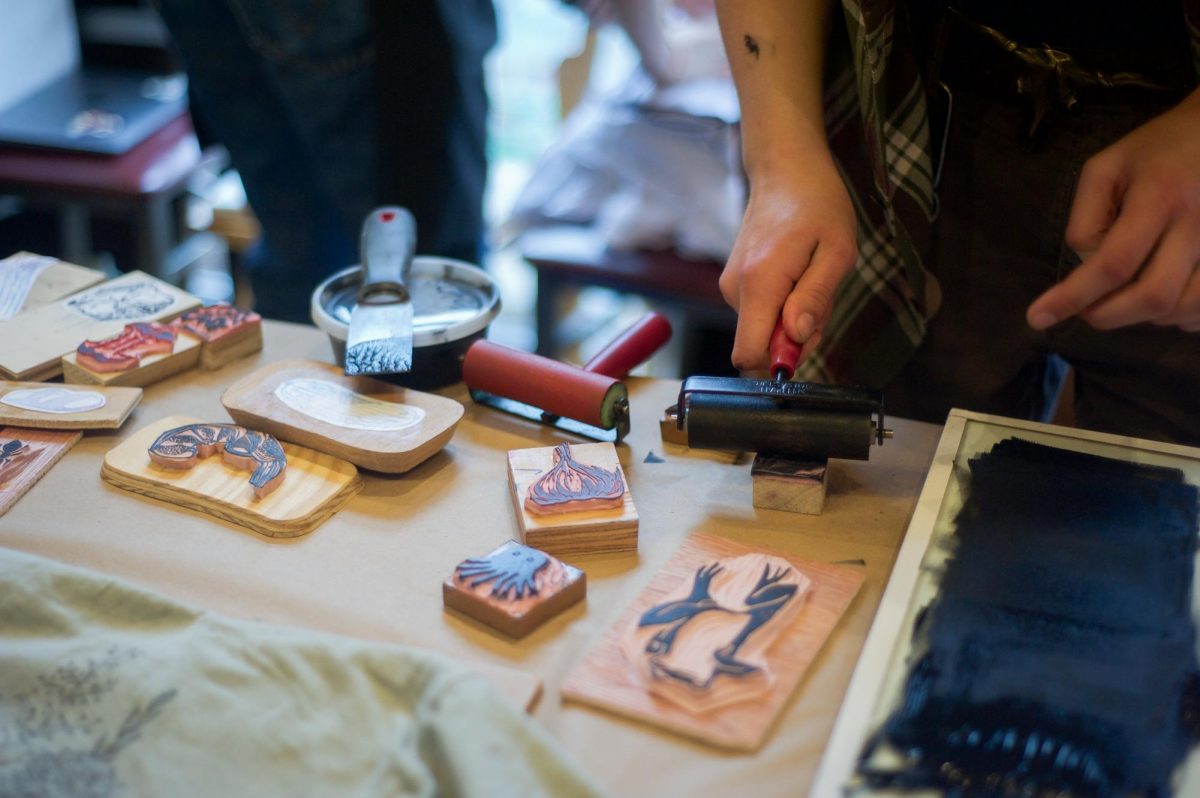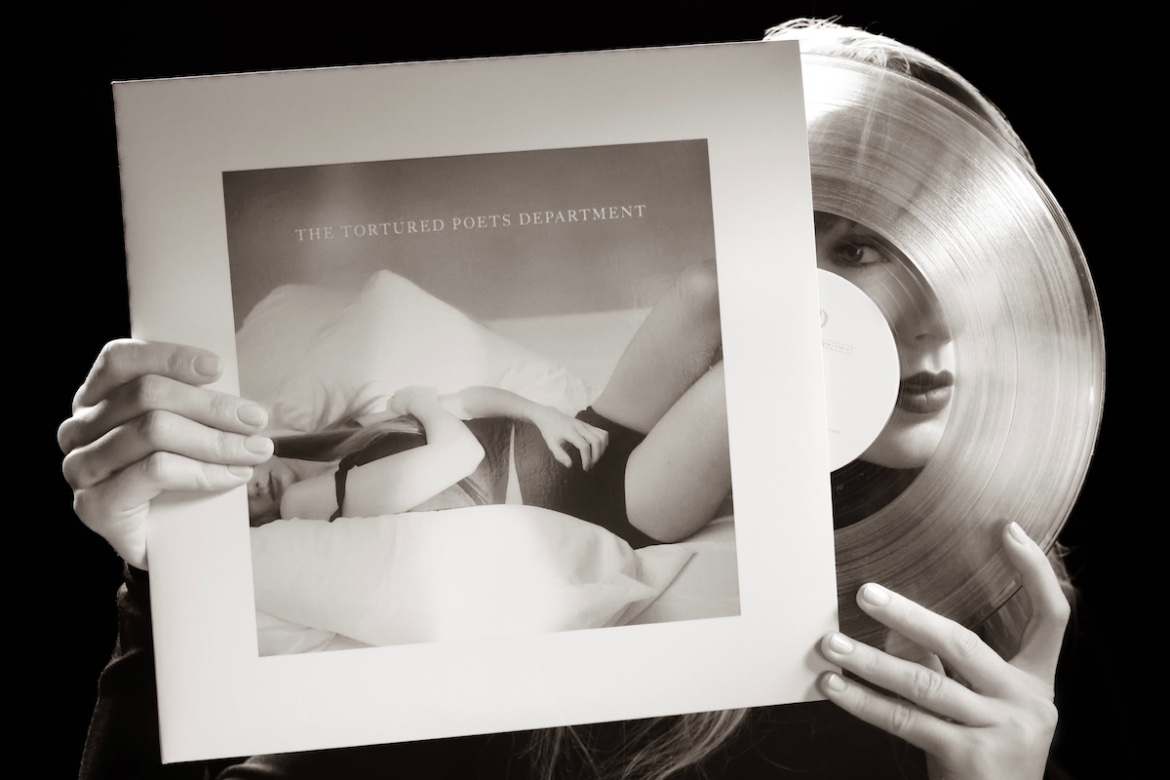Censorship Perpetuates Misogynistic Ideals
April 3, 2015
Trigger Warning: The following op-ed contains a mention of blood and derogatory language referring to women.
When Toronto-based spoken-word poet and author Rupi Kaur posted a photo of herself on Instagram with period-stained sweatpants, Instagram’s decision to remove the image and the resulting uproar was a bloody mess — pun intended.
Since the photo did not violate any of Instagram’s terms and conditions or community guidelines, Kaur and supporters claimed it was misogynistic and an erasure of experience to delete the image. Kaur posted on her Tumblr, “I will not apologize for not feeding the ego and pride of misogynist society that will have my body in … underwear but not be okay with a small leak. When your pages are filled with countless photos/accounts where women (so many who are underage) are objectified. Pornified. And treated less than human. … This just goes to show who is sitting behind the desk. And [who’s] controlling the show. [Who’s] controlling the media and who is censoring us.”
Luckily, thanks to Kaur’s photo and writing that went viral, people placed enough pressure on Instagram that the site reposted her images. Instagram has still done relatively little to prevent the number of photos showing women in a sexualized or derogatory light. Users can search photos with the hashtag #faketits, which shows up with 8,925 posts, or #mybitches, which has around 218,700 results. The winner, #bitchesbelike, has around 1,586,200 posts.
Instagram has previously come under fire for its controversial and prejudiced censorship of photos featuring the female body in its natural state. In January, the Australian blog Sticks and Stones posted a photo from a shoot featuring two women in bikinis. The bikini bottoms were narrow near the crotch, revealing pubic hair on both models. There were no genitalia visible.
Unsurprisingly, Instagram took down the photo and actually went so far as to delete the blog’s account. This censorship also roused criticism of Instagram’s selective deletion. Sticks and Stones director Ainsley Hutchence believed that if the ad had contained male rather than female models, the photo would not have been removed. The “happy trail” that often appears on male bodies is often desired, as hair is seen as a masculinizing feature. Additionally, Instagram also bans nipples on female breasts, requiring them to be blurred out or covered with a symbol, yet freely allows the posting of male nipples.
Instagram’s actions are only part of a larger societal aversion to natural female bodily functions. Breastfeeding has gotten a lot of press lately, with some arguments that breasts are sexual organs and should not be seen in public, while others argue that breastfeeding is a natural, necessary and non-sexual nurturing process for babies. “When Nurture Calls” is a mock ad campaign that reveals the absurdity of hiding breastfeeding. The creators, University of North Texas students Johnathan Wenske and Kris Haro, depict breastfeeding mothers crammed into restroom stalls, with snarky phrases like “Private dining” or “Table for two” printed on the bathroom walls.
Multiple campaigns and movements have been founded to destroy this misogynistic thinking. Lina Esco’s Free the Nipple campaign aims to eradicate laws that prohibit toplessness or breastfeeding in public. Plus-size model Tess Munster’s #effyourbeautystandards hashtag tackles the stigma of curvy and fat models in the fashion industry, while The Adipositivity Project, created by photographer Substantia Jones, shows fat people, and oftentimes fat Black and/or queer people, in its photos to challenge the belief that fat bodies are not worthy of love. Abi Ishola’s photo project Beyond Classically Beautiful celebrates the beauty and diversity of Black women’s bodies by combating racist and misogynistic beauty standards that favor Caucasian features and the hypersexualization of Black women.
While these various projects are doing a lot to combat the portrayal of women in the media, body shaming still frequently occurs. By keeping these bodies and their natural functions like breastfeeding and menstruation invisible (or by only showing bodies and processes that are deemed acceptable by male-centric beauty standards), the oppression will continue. That is why the demand for more diverse women — plus-sized, women of color, queer women, trans women and disabled women — in every medium of entertainment, as well as in positions of power and prestige, is so important. There’s constant reassurance that women are worth more than their bodies, but in a culture that still perpetuates the idea that female bodies are only valuable as sex objects or in specific shapes, sizes and colors, I want validation that my body is worthy, no matter what it looks like: bleeding, breastfeeding, hairy and all states in between.














